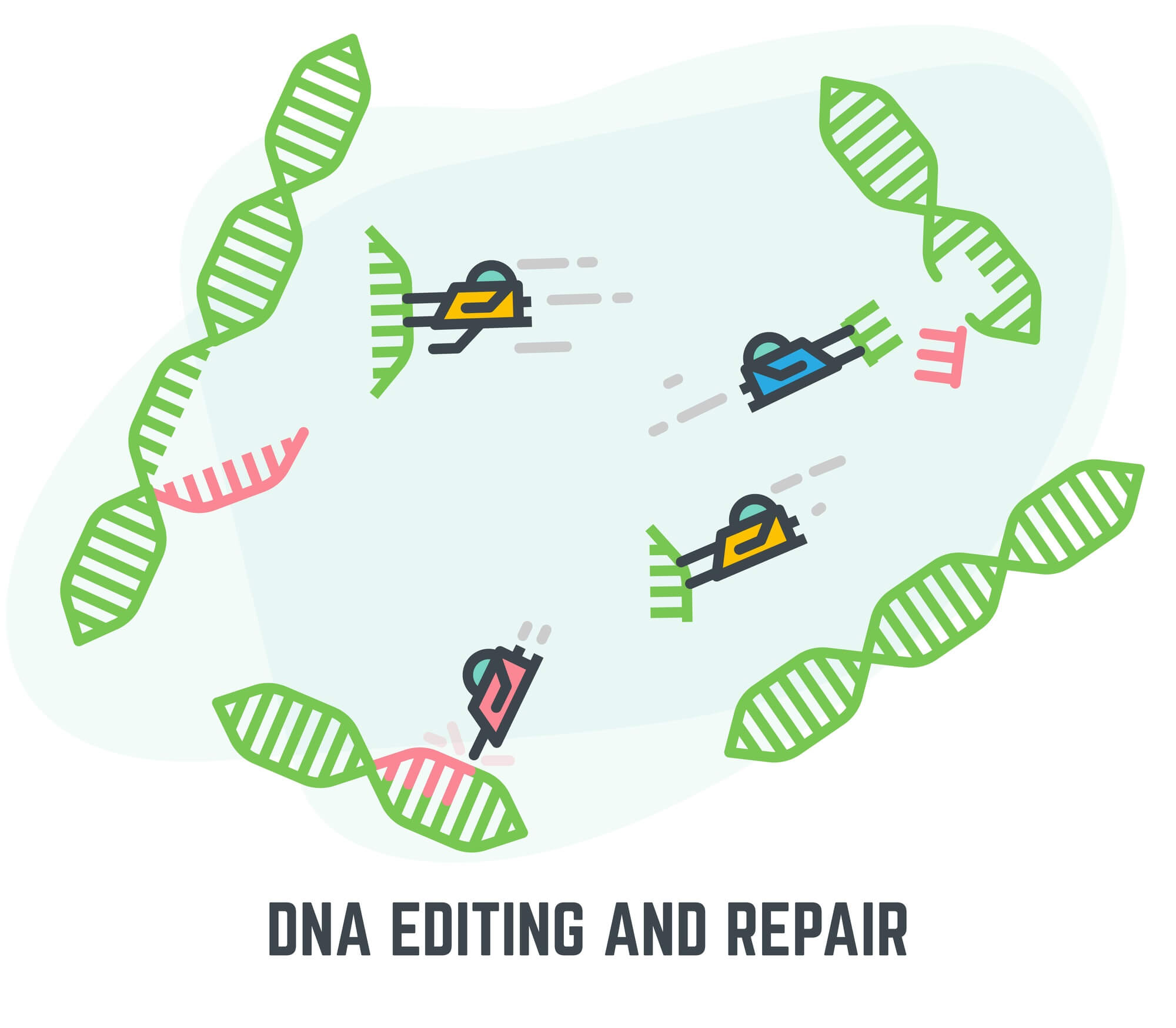A natural editing mechanism of RNA molecules may make it possible to cure genetic diseases
In the past, as Dr Shraga Schwartz He would tell people he was studying changes in DNA, most of them had no idea what he was talking about. Since the corona vaccines, based on changes in these molecules, broke into our lives, the picture has changed from end to end. But not only vaccines - in the future, technologies based on changes in RNA will make it possible to develop innovative treatments for many diseases. Recently revealed Dr. Schwartz and his group in the Department of Molecular Genetics of the Weizmann Institute of Science a mechanism that controls the changes that occur in RNA naturally and is called "RNA editing"; These findings may make it possible to cure genetic diseases.
Dr. Schwartz made it his goal to examine a specific case of RNA editing: when some of the building blocks of these molecules, called adenosines (A), become other building blocks - inosines (I) - the RNA equivalent of the building blocks called guanosines (G) in DNA. As part of this project, led by research student Anna Ozoni, the researchers discovered a mechanism that not only expands our basic knowledge of changes in DNA, but may make it possible to correct a common mutation in genetic diseases: when the building block A appears in the genome instead of G, as happens among others In cystic fibrosis, in Panconi's anemia and in the hypercoagulability of the blood known as thrombophilia.

"Our findings may help to overcome the mutation through an editing mechanism that is naturally present in cells, without the need to introduce external molecular machinery, such as CRISPR", explains Dr. Schwartz.
RNA molecules are built according to the same principle as DNA molecules - four building blocks in different combinations - but unlike DNA, their life span is limited, and they usually include a single-stranded helix, unlike the double-stranded DNA strands. However, parts of our RNA molecules are double-stranded, and in these parts editing changes are sometimes introduced using an enzyme called ADAR. These changes, which turn some of the building blocks of type A into type I, are done as part of ongoing maintenance in the cell, and may have been intended to signal that these are molecules of the cell itself - and not, God forbid, double-stranded RNA of invading viruses.
Dr. Schwartz wanted to find out how the ADAR enzyme chooses where to insert its editing patches. For this purpose, Ozoni and her research partners created about 2,000 double-stranded versions of RNA, each of which differed from its counterparts by small disruptions in sequence and structure and was composed of about 300 building blocks. The scientists introduced these versions into cultured human cells and waited a few hours to allow the enzyme to insert its editing patches.
When they examined the results, they discovered a remarkably neat mechanism: the enzyme replaced A with I in each and every one of the 2,000 variants at a point 35 building blocks away from the site of the structural disruption. This editing was done symmetrically in both RNA strands - and was repeated at regular intervals of 35 building blocks along the entire RNA molecule.
Dr. Schwartz believes that this mechanism can be used to overcome mutations in the genome through RNA editing. In fact, the scientists have already demonstrated this in culture: when they introduced a structural disruption in RNA molecules 35 building blocks away from A that they wanted to replace with I, the efficiency of editing, using existing technologies for introducing changes in RNA, increased by a factor of three.
"RNA editing has advantages over treatments that directly affect the genome. Since RNA molecules stay in the cell for a relatively short time, any change in them will be temporary," says Ozoni. "Even if it means having to repeat the editing of RNA time after time, this approach is safer than creating permanent and irreversible changes in DNA."
Dr. Ronit Nir, Dr. Noam Stern-Ginosar and Dr. Yaron Antavi from the Department of Molecular Genetics of the Institute participated in the study; Ofir Shleifer and Prof. Erez Lebanon from Bar-Ilan University; and Dr. Yonatan Shtelzer from the department of molecular cell biology of the institute.
